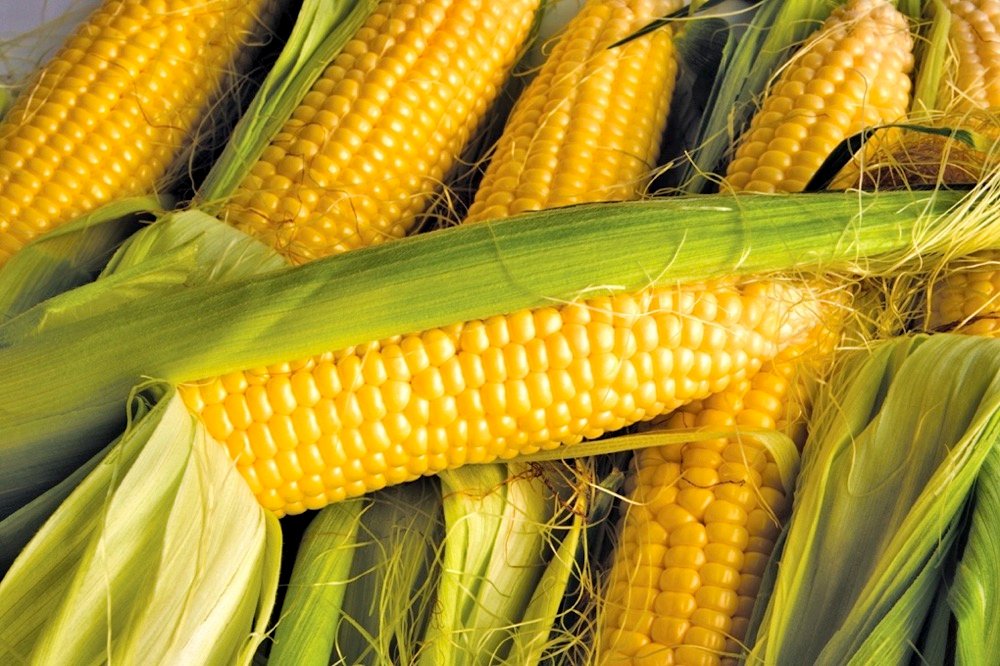Editorial: The fine print will win

Farmers tend to be price takers as producers of commodities, although many of them have found direct routes to consumers and that can be profitable.
Farmers markets have proven helpful for many farmers who attempt to create a sideline food or produce business. That includes Oliver Papple, a young farmer who grows sweet corn and sells it at farmers’ markets in Goderich and Stratford and at some roadside stands.
Sweet corn is a busy hustle, short in season with prices sensitive to supply in the countryside. The first sweet corn of the season is worth the most and then the price declines as more supply comes into the market.
That’s not surprising because who isn’t willing to pay almost anything for the first taste of sweet corn of the year?
However, the laws of supply and demand are rarely purely applied anywhere and Papple found that out when he was evicted from the Stratford Farmers’ Market for setting his sweet corn prices too low.
It turns out the Stratford Farmers’ Market has a policy that says sellers shouldn’t market their produce for less than 25 per cent of the price the same produce is being sold by others at the market. The goal, according to market documents posted on Facebook by Papple, is to keep vendors from “stress selling” or dumping excess produce at the market.
The Stratford Farmers’ Market is one of the higher-end markets in the province outside of Toronto. It has high quality produce and reliable, real farmer vendors.
Corn at the market had been selling for $7 per dozen and Papple wanted to price his corn similarly to what he was selling it for in Goderich and at roadside stands – $5. It made sense to him to sell the rest of his corn versus letting it rot and give greater value to people who could afford more food with a lower price.
Is it price fixing? Technically yes. Is it rare to have requirements around price in a contract? Not really.
The market rules also give it the ability to evict a vendor who breaks the rules or is “acting in such a fashion that can be construed as detrimental to the market operations.”
It wasn’t long after Papple posted some of his concerns on Facebook that he was evicted from the market.
He ended up selling out his sweet corn for that week after being given some space at the Peavy Mart parking lot in Stratford.
Farmers’ markets in the province have varied rules. Some have none in writing, but older, more established markets have prescriptive contracts for vendors. That’s true of some markets that include the option for market representatives to visit farms to inspect practices, especially relating to livestock.
The lesson in this case for me is that you always need to read the fine print, no matter how boring and tedious it may be. If you’re serious about marketing your products through a market, then it might pay to have a lawyer check it over.
This doesn’t just apply to farmers’ markets but to any of the contracts we regularly sign in rural Ontario. If someone comes back at you and says you’ve broken a clause in a contract, it usually means you won’t have a leg to stand on, because the fine print almost always wins.
Healthy cover crops
Ontario’s crops have generally looked healthy and yielded well in 2021, other than in the far northwest.
That includes some of the healthiest cover crops I’ve seen in the province. There are many fields of rye and radish, sunflowers and clover, and combinations of all of those in some complex mixes.
I’m trying to figure out whether the large acres of cover crop I’m seeing are because they’re thriving in good growing conditions, or if we’ve reached a level of cover crop adoption that we haven’t seen before.
Let me know what you think. Are you trying more cover crops than previous years? There were a lot of cover crop acres planted after wheat in 2021.
We’ve been writing about cover crops for years. We know the soil health and agronomic advantages that come with using them. We also know that it’s difficult to make cover crops make financial sense in year by year accounting, although I like to compare cover crop planting to putting up a building – it’s a long-term investment in farm health and profitability.
It’s also difficult to make cover crop planting a priority when there are more immediately profitable jobs on the farm, like caring for already-growing crops.
I hope we are seeing the continued growth in cover crops. It’s a critical direction to maintain soil health and organic matter for the long-term health of Canadian agriculture.
Source: Farmtario.com

